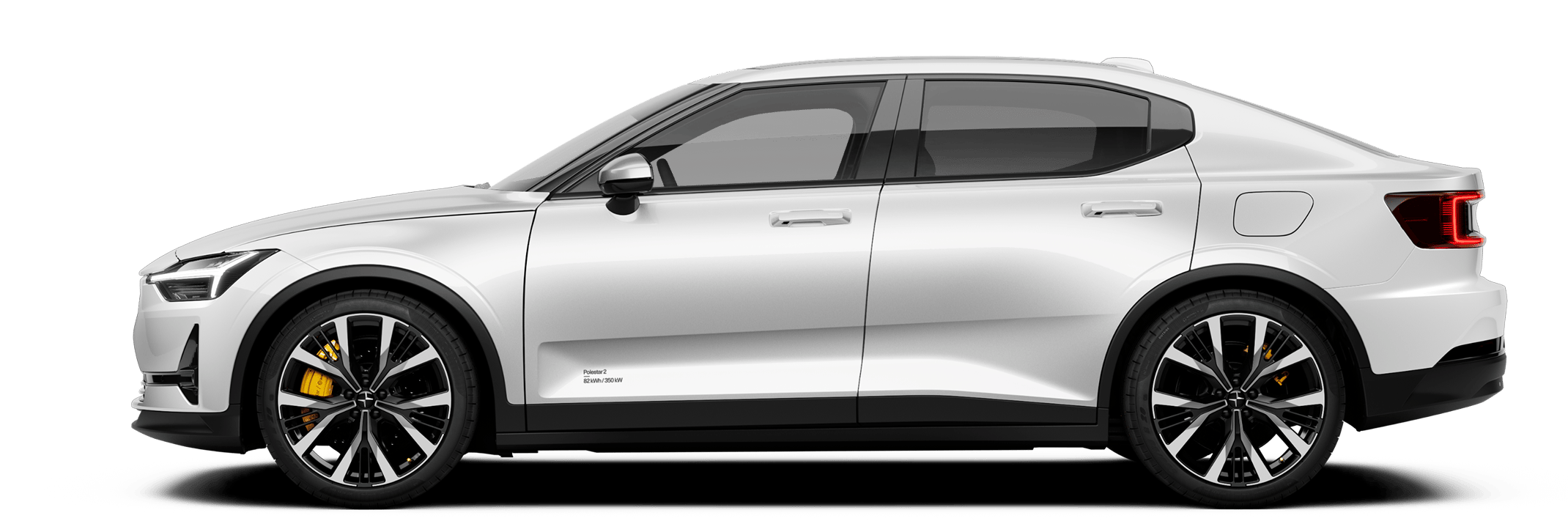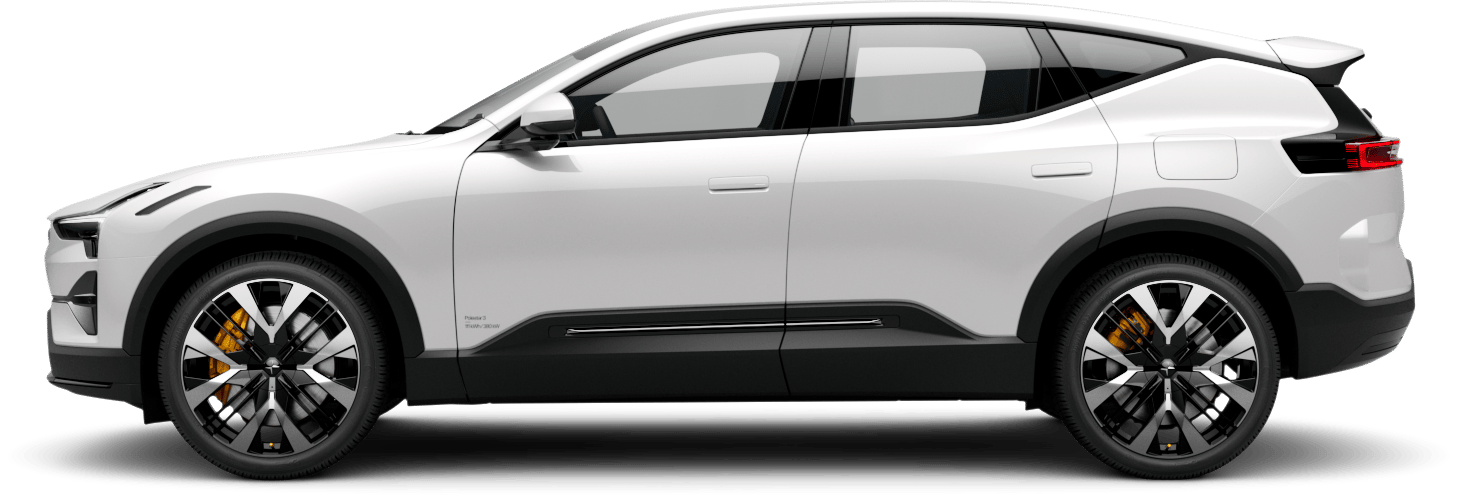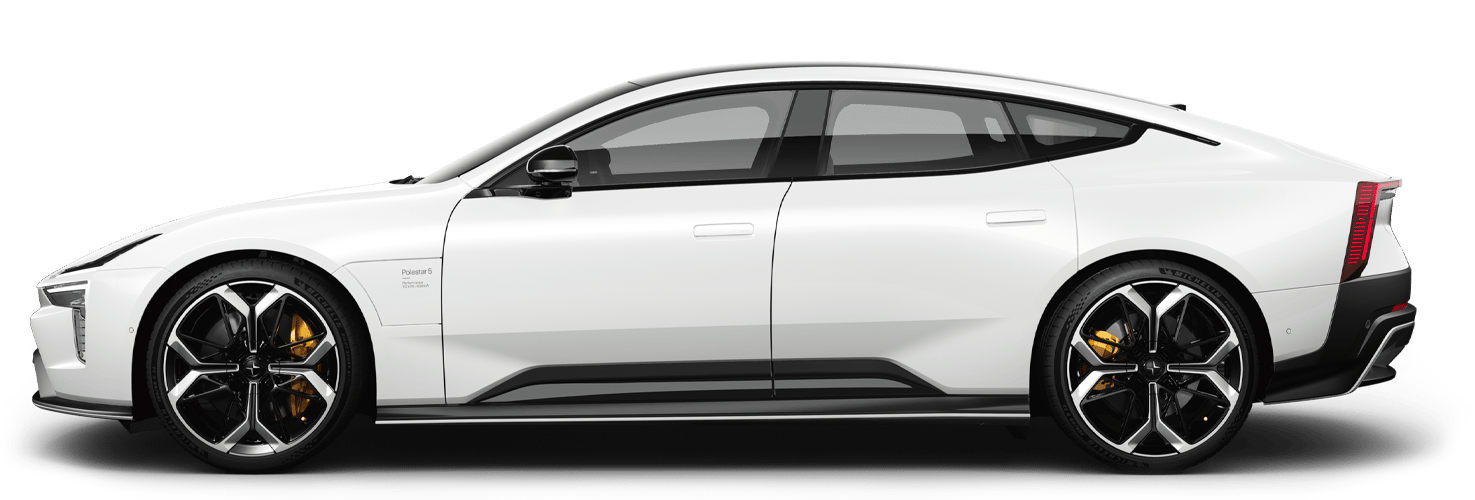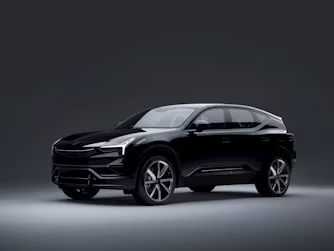Kindred spirits: Bridge of Weir
Polestar 3 will feature fully traceable, sustainable leather, supplied by premium leather manufacturer, Bridge of Weir. We spoke with Dr Warren Bowden, the company’s Head of Innovation and Sustainability, about sustainability credentials, and about keeping up with changing trends and demands. With fruity leather alternatives popping up here and there, we got his view on the role of leather in next-generation car interiors.
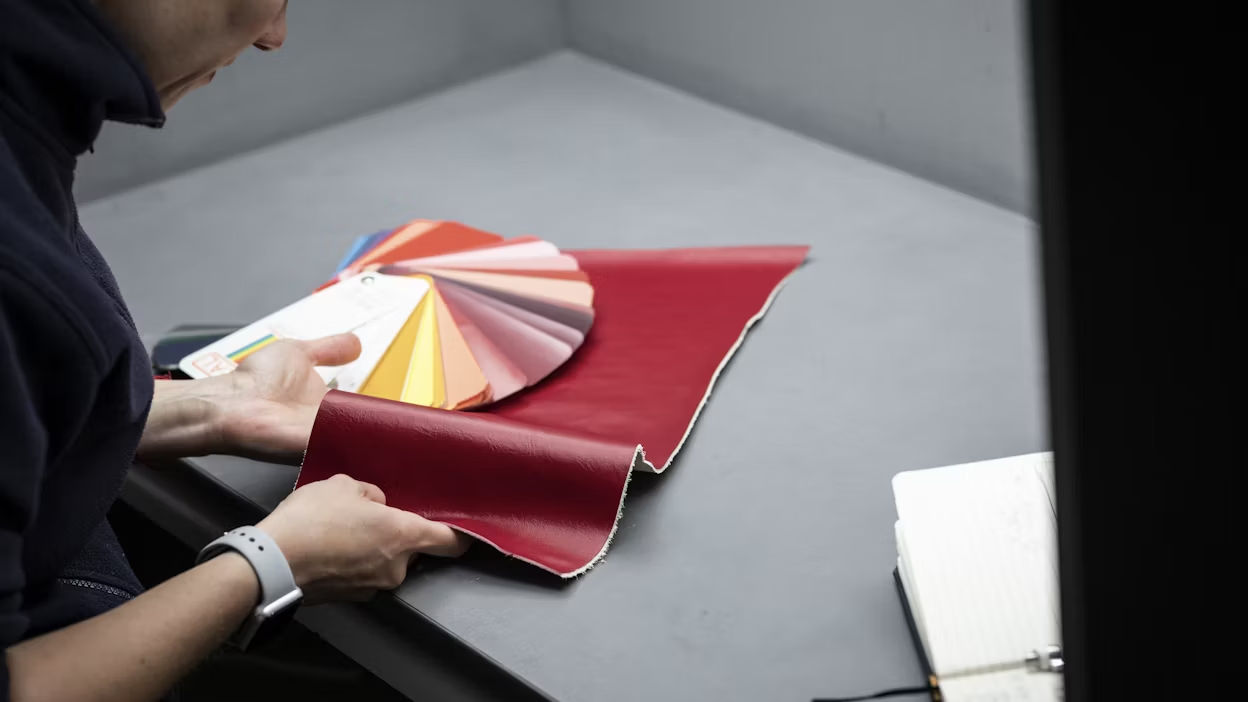
Can you start by briefly introducing yourself?
I’m Dr Warren Bowden, Head of Innovation and Sustainability at Scottish Leather Group, the parent company of Bridge of Weir. Whilst I’ve not been working alone, I’m the creator of the patented circular manufacturing process that we have, which is the inspiration of the sustainability journey we’ve been on since I started in 2003.
In a nutshell, what is Bridge of Weir’s philosophy?
To innovate and manufacture the world’s finest sustainable leather for the world’s most respected companies.
Bridge of Weir leather currently has the lowest reported carbon footprint in the world, can you tell us more about that?
We recently published our Life Cycle Analysis, which is independently created and verified, ensuring 100% confidence in the figures presented. Our patented circular manufacturing process helps us minimise waste and radically reduces our carbon footprint without any carbon offsetting. Around 51% of each rawhide in weight is reclaimed as energy and converted into steam via our thermal energy plant, which generates heat for our production process. Water reuse and recycling is also an important part of our circular manufacturing process. Water is “borrowed”, primarily from our own privately owned loch, and is treated and recycled back into use within production. Any treated wastewater that is not reused by us is further treated before re-joining the ecosystem as clean water without consuming any, according to the LCA. Since 2017 we have been using certified 100% renewable electricity, which has also dramatically reduced the carbon intensity per hide of our leather.
The leather used in Polestar 3 is 100% traceable and animal welfare secured. What more can you tell us about it?
All the rawhides that we use to craft our fine automotive leather are a by-product of the local food industry. That is, we take a waste material, cattle hides, from the meat and dairy industries and upcycle it to make into leather. These cattle hides are sourced from the UK and Ireland, two of the highest-rated territories globally in the Animal Protection Index, for which we have 100% traceability. UK farming and EU regulations ensures the highest of animal welfare standards including the Five Freedoms set of principles. We are also audited by Leather Working Group and have achieved their Gold Standard Award with 100% achieved for traceability.
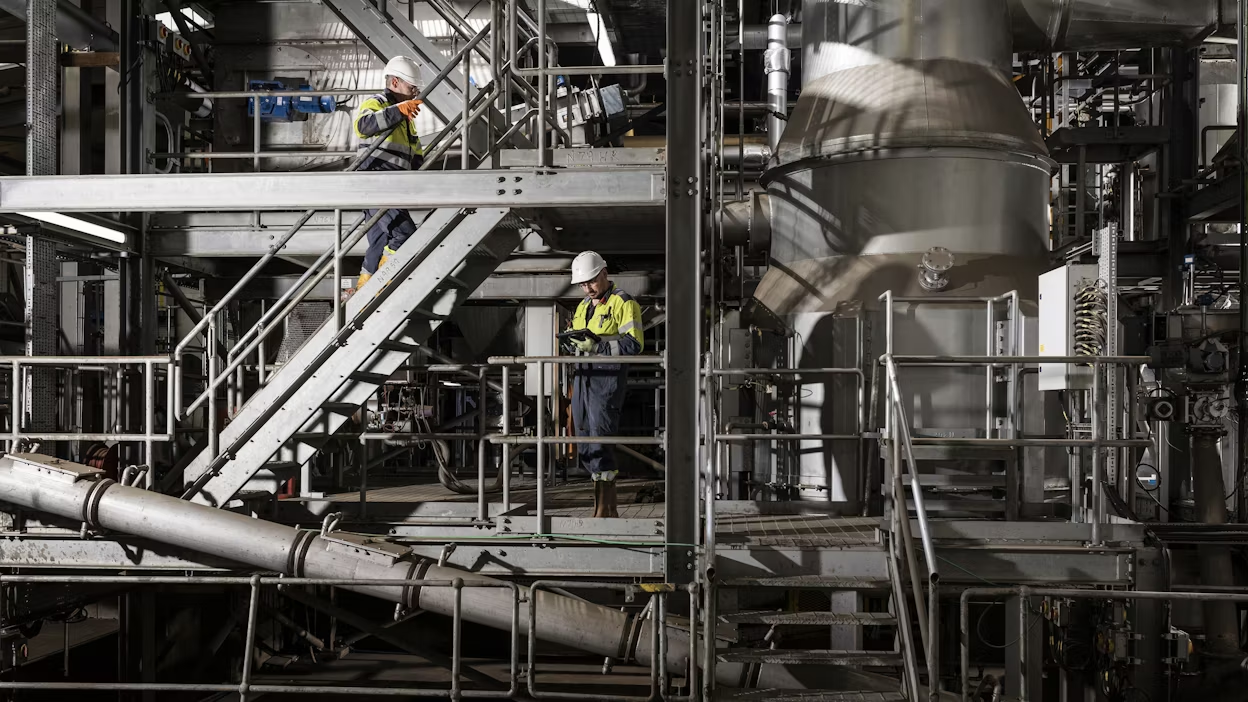
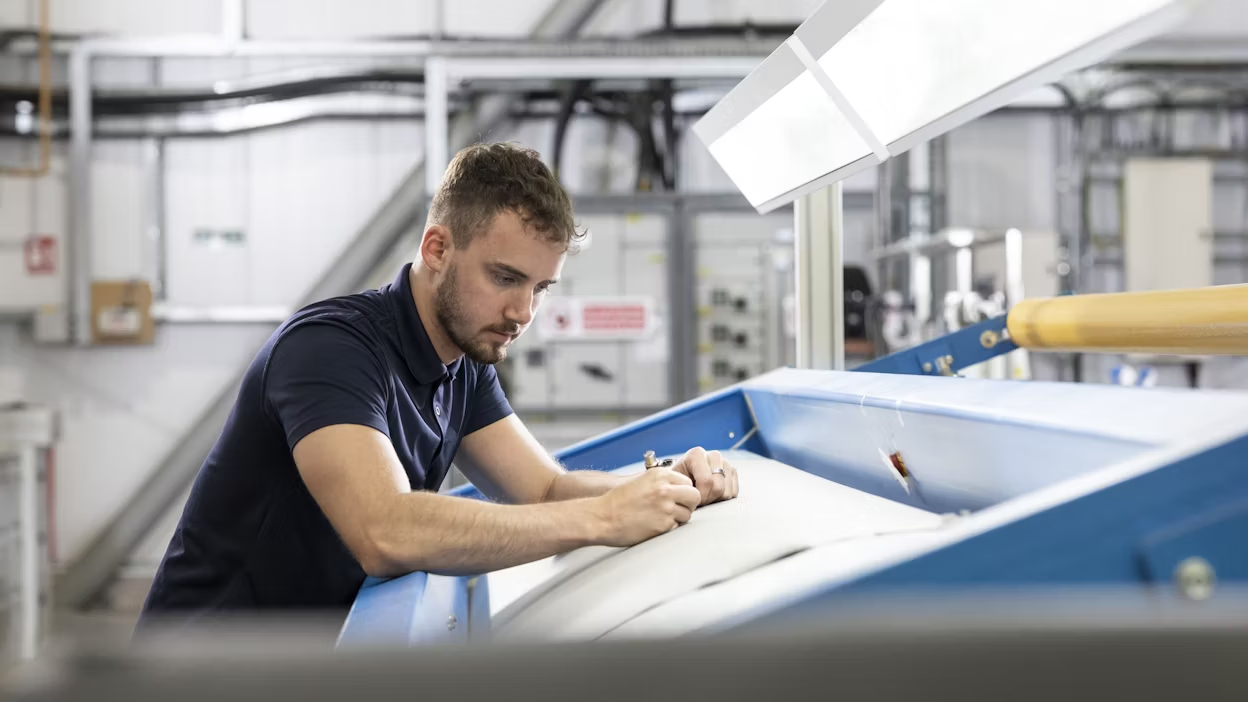
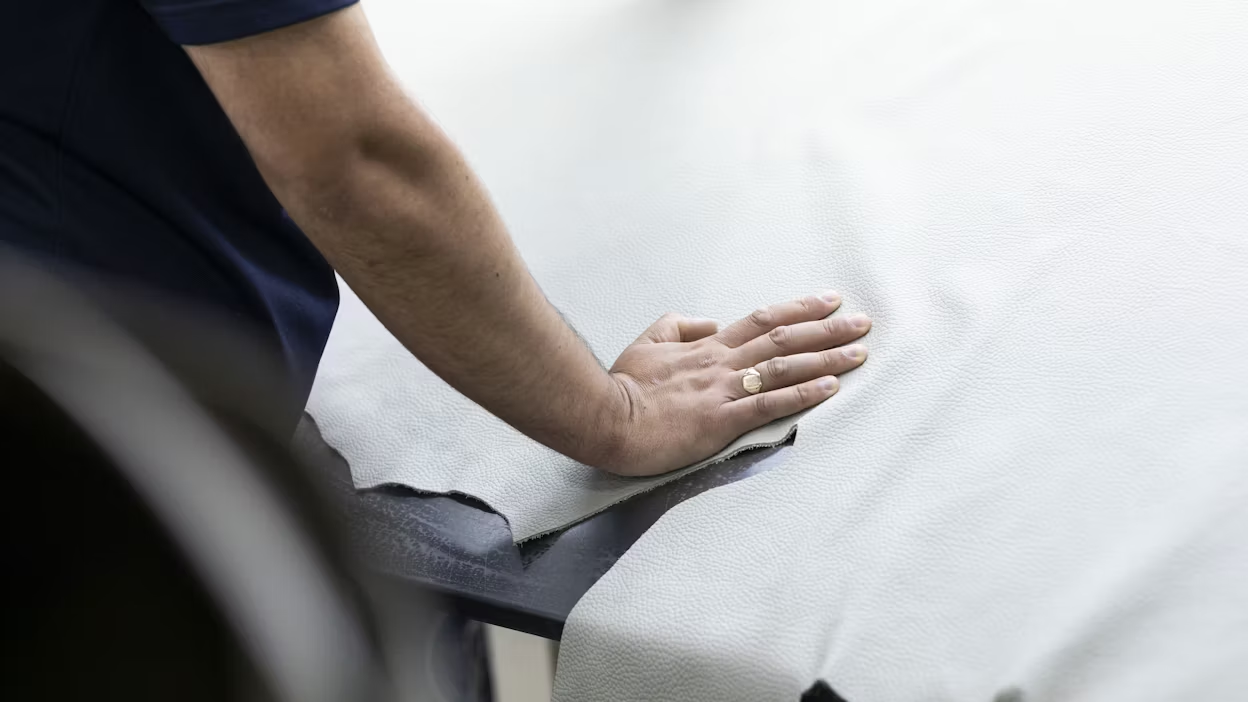
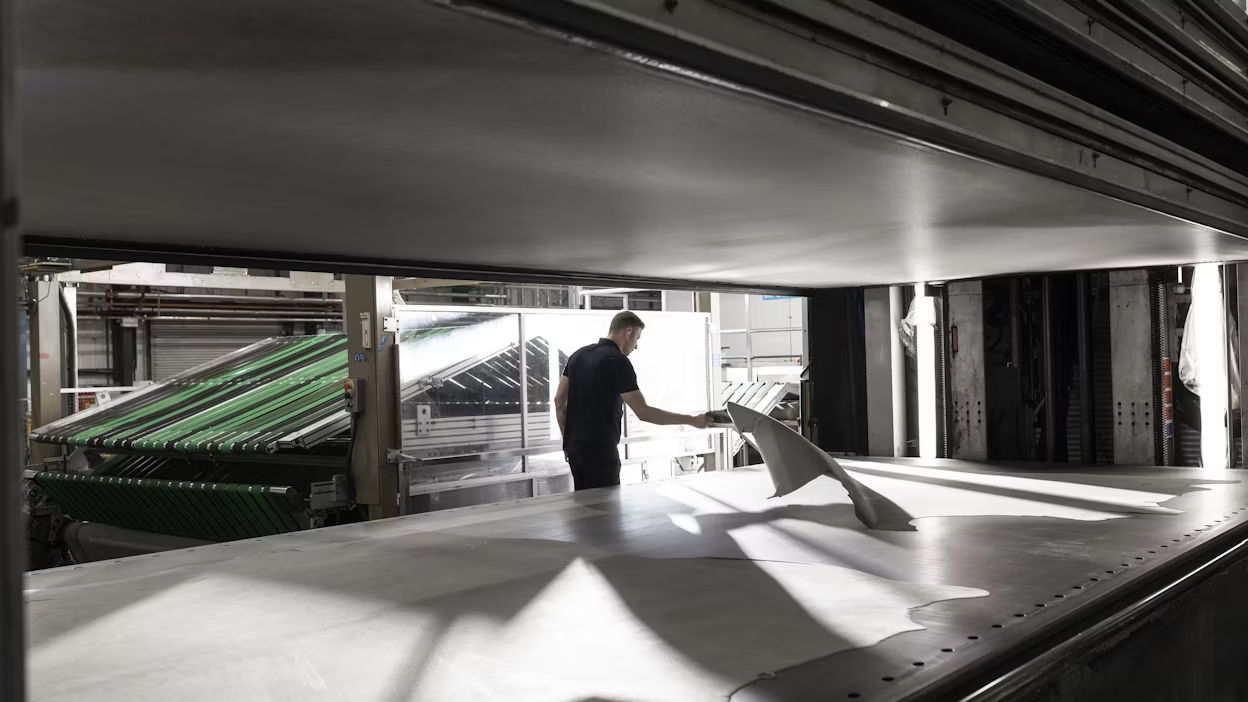




01/04
Why are these credentials important?
These credentials are important as they assure and reassure our customers of the provenance and sustainability of our raw materials. All our own suppliers sign a code of conduct enabling full traceability of our supply chain. We are committed to producing a quality leather product for our customers and our local procurement policy ensures quality raw materials. High standards of animal welfare are important to us as they ensure high quality raw materials. And at the end of a cattle’s life, we take the discarded hides and make them into beautiful, sustainable leather.
We hear a lot about pineapple leather, mushroom leather, all kinds of alternative leathers. What’s the role of genuine leather in next-generation car interiors?
The alternative materials cannot replace leather in form or function and in many cases have a higher impact on the planet, as per the LCA. The role of traditional leather, made in the most responsible way as we do, is without doubt the most responsible choice. With the advent of EVs and fossil fuel free transportation, it is apparent that leather, a truly biobased circular material, made using second generation biomaterials, is ethically superior. It also technically outperforms the alternatives while providing durability, comfort, and a patina that sees it re-emerging as the material of choice in the premium EV sector.
We have a moonshot goal of making a climate-neutral car. You have a similar mission, making carbon-neutral leather by 2025. What can you tell us of your progress so far, and what it will take to reach your goal?
Our mission to net zero by 2025 is supplemented by the ambition to be carbon neutral as a company by 2030 on all greenhouse gas scopes, ten years ahead of our anticipated long-term target Science Based Target initiative of 2040. Every m2 of leather will therefore be carbon neutral based on LCA data. So far in our journey, we have achieved over 90% progress to net zero, without offsetting; and have a clear roadmap to complete our journey including our own self-generated renewable energy plant (Solar PV), to supplement our existing energy recovery plant and green energy generation.
According to your website, Bridge of Weir Leather has been at the forefront of automotive for over a century. How have you managed to hold this position as times, trends, and demands change?
In terms of our leather product, we are continually exploring new sustainable tannages and new applications. Our Innovation team also comprises cross-functional team members and we work with experts in technologies on the fringes of leathermaking to explore new concepts. We’ve continually invested in new technology and manufacturing processes, which has helped us stay ahead of trends and meet changing demands. For example, we have recently opened a new cutting facility near to our manufacturing plant, and have invested in new tanning drums, which will make our tannery even more efficient in terms of water use and tanning processing.
What was your first impression of Polestar? What makes you want to collaborate with a brand like ours?
It was clear, early on, that both companies were on the same page. I think Polestar is a progressive, challenger brand, with a real commitment towards sustainability and an environmental conscience to do right for the planet with a target of a climate-neutral production car by 2030. Bridge of Weir has the same commitment and passion towards sustainability with ambitions for our own journey to net zero by 2025. We too strive to lead the way in our own sector with the responsible, sustainable manufacture of leather and we believe that we can work with Polestar to help you achieve your climate-neutral ambitions.
